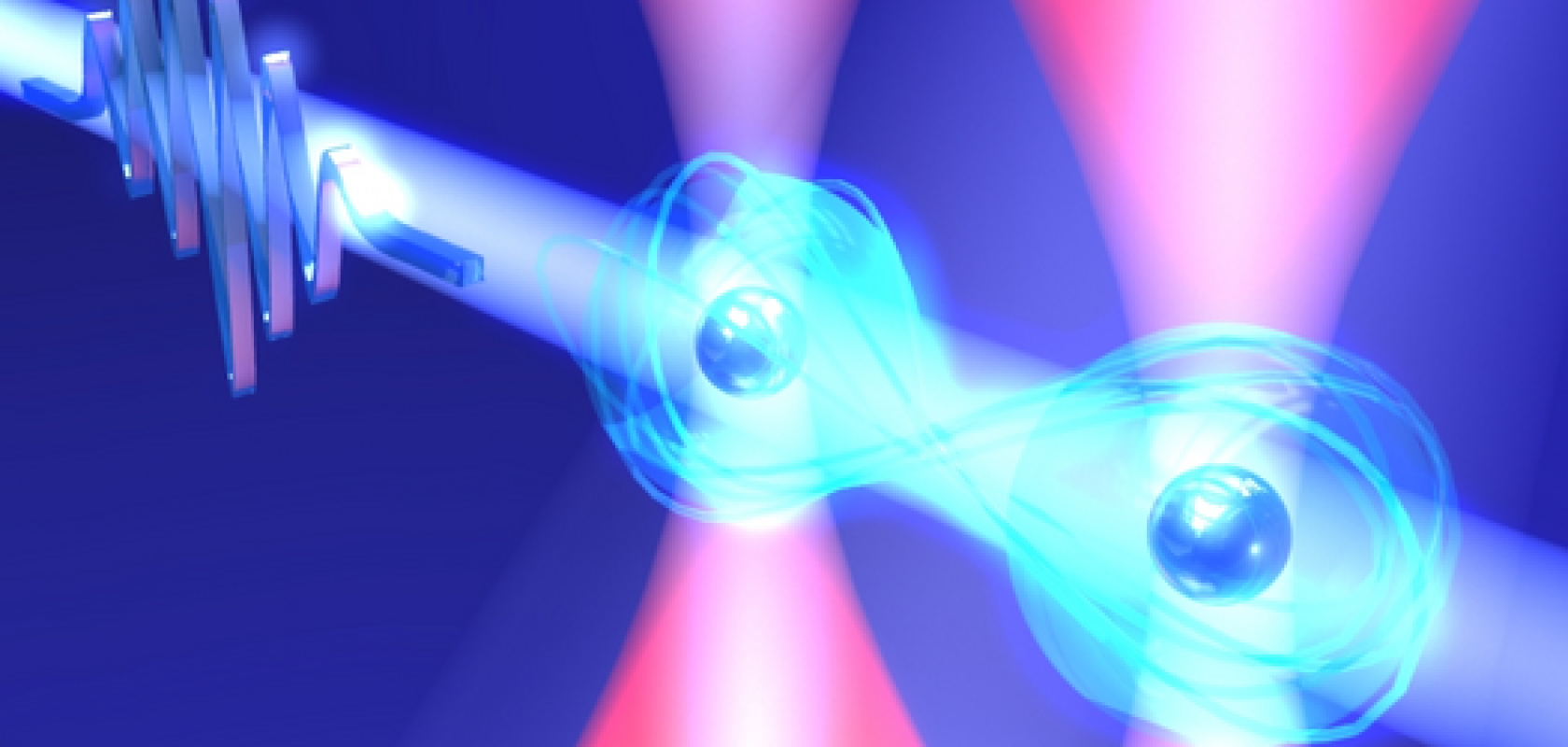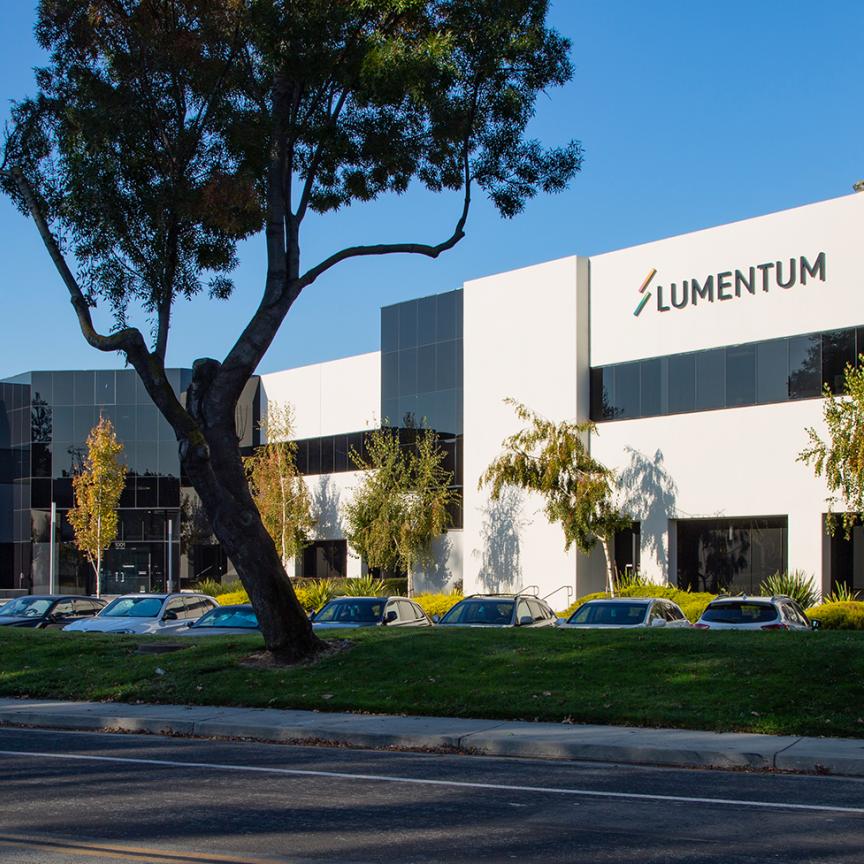Researchers have executed what they say is the world's fastest two-qubit gate* (a fundamental arithmetic element essential for quantum computing) using atoms trapped in optical tweezers and cooled to almost absolute zero.
According to the researchers, the exceptionally fast qubit gate, reported in Nature Photonics, represents a breakthrough: completely new quantum computer hardware that breaks through the limitations of the superconducting and trapped-ion formats currently in development.
For the past two decades, all quantum computer hardware has been chasing faster gates to escape the effects of external noise that can degrade computational accuracy.
Cold-atom based quantum computers have been rapidly attracting attention from industry, academia, and governments around the world as revolutionary hardware that breaks through some limitations of superconducting and trapped-ion quantum computers, which are currently the most advanced types of quantum computers.
Now, the Japanese research group, at the National Institutes of Natural Sciences’ Institute for Molecular Science, has executed an exceptionally fast two-qubit gate (operating in just 6.5 nanoseconds) using a new method in which an ultrafast picosecond laser manipulates rubidium atoms separated by a micron or so and cooled to almost absolute zero. The previous record was 15 nanoseconds, achieved by Google AI in 2020 with superconducting circuits.
Experimental method
Firstly, two rubidium atoms in the gas phase, cooled to an ultra-low temperature of about 1/100,000 of a Kelvin using laser beams, are arranged at a micron interval via optical tweezers – a laser beam tightly focused to a size of less than a micron, towards which atoms are attracted and trapped.
The atoms are then irradiated with ultrashort laser pulses of only 10 picoseconds in duration.
Two electrons trapped respectively in the smallest orbitals of the two adjacent atoms are knocked into giant electronic orbitals. The interaction between these giant atoms then leads to a periodic back and forth exchange of the orbital shape and electron energy, occurring with a period of 6.5 nanoseconds.
After one oscillation, the laws of quantum physics dictate that the sign of the wavefunction is flipped and thus realise the two-qubit gate.
Future development and social significance
‘For the past 20 years, all quantum computer hardware has sought faster gates to escape the effects of external noise, which degrades the accuracy of calculations,’ said the researchers in their announcement of the new two-qubit gate. ‘The ultrafast quantum gates of 6.5 nanoseconds achieved this time with the cold-atom hardware are more than two orders of magnitude faster than the noise and thus can ignore the effects of noise. The cold-atom quantum computer has revolutionary potential in that it can be easily scaled up while maintaining high coherence compared to the superconducting and trapped-ion quantum computers that are currently being developed. We expect the realisation of the world's fastest ultrafast gate, achieved by a completely new method of manipulating two artificial crystals of micron-spaced atoms cooled to almost absolute zero using an ultrafast laser, to greatly accelerate worldwide attention to cold-atom hardware.’
*Quantum gates explained
Quantum gates are the basic arithmetic elements that make up quantum computing. They correspond to the logic gates such as AND and OR in conventional classical computers. There are one-qubit gates that manipulate the state of a single qubit and two-qubit gates that generate quantum entanglement between two qubits. The two-qubit gate is the source of the high-speed performance of quantum computers and is technically challenging. The accuracy (fidelity) of the quantum gate is easily degraded by noise from the external environment and the operating laser, which makes the development of quantum computers difficult. Since the time scale of noise is generally slower than one microsecond, a quantum gate such as the one developed by the Japanese researchers – which is sufficiently faster than this – can avoid the degradation of calculation accuracy due to noise, which the researchers say brings us much closer to realising a practical quantum computer.


